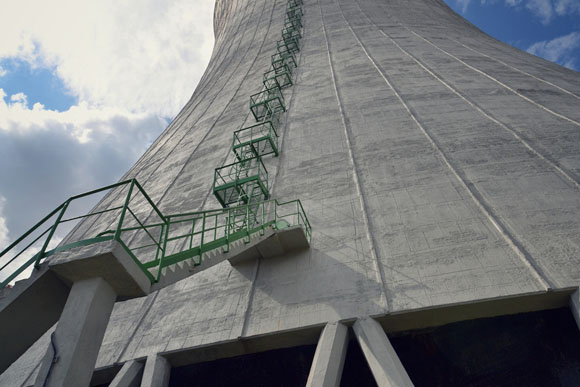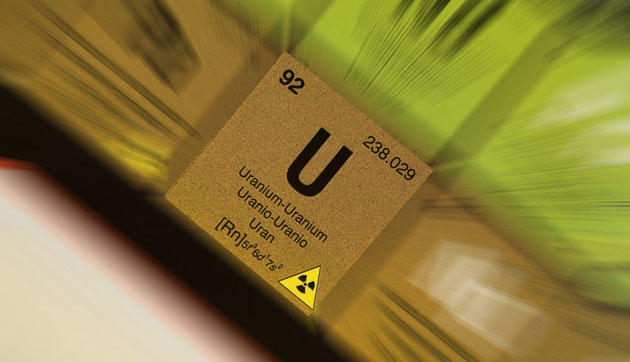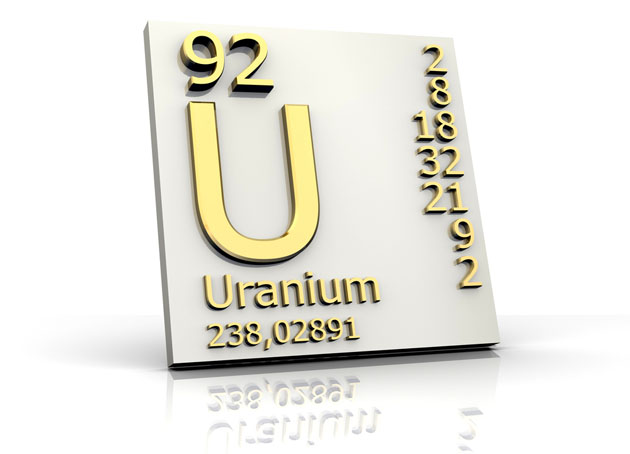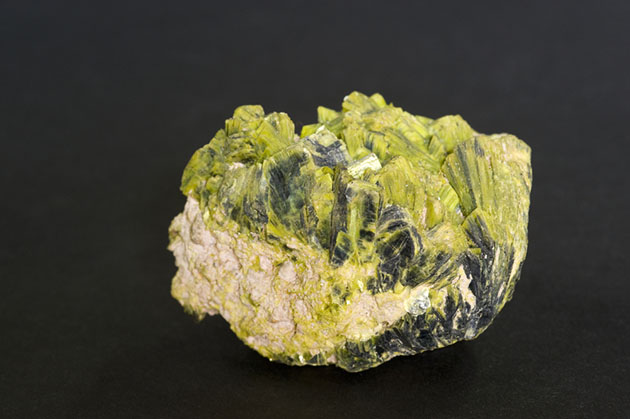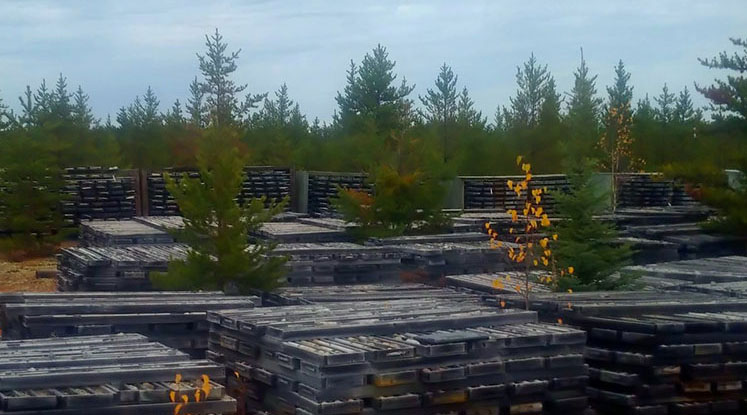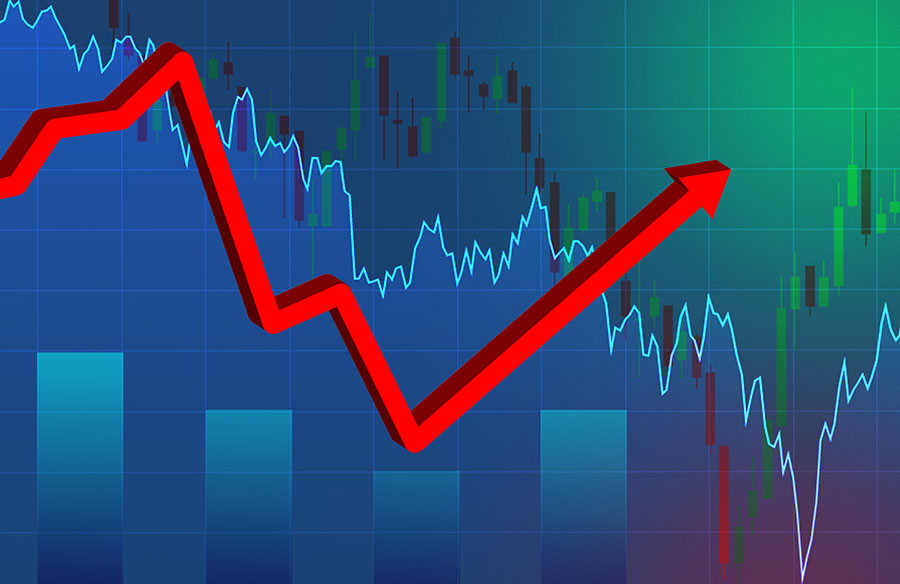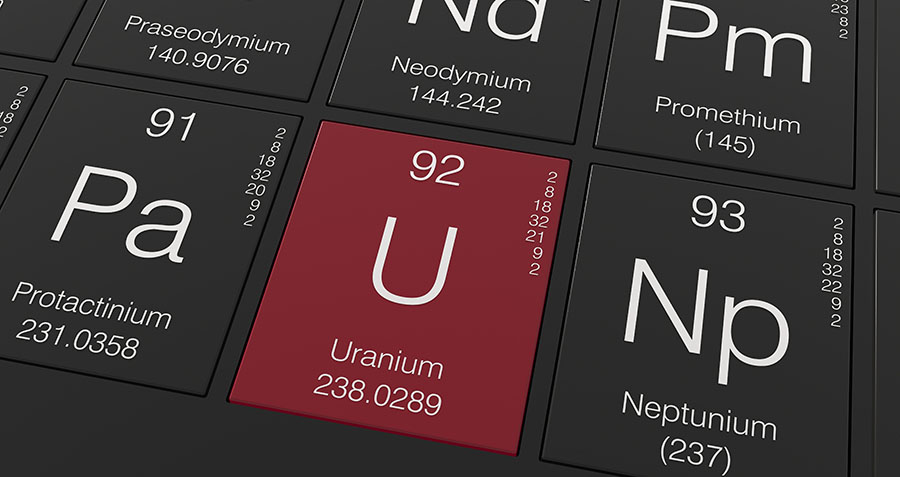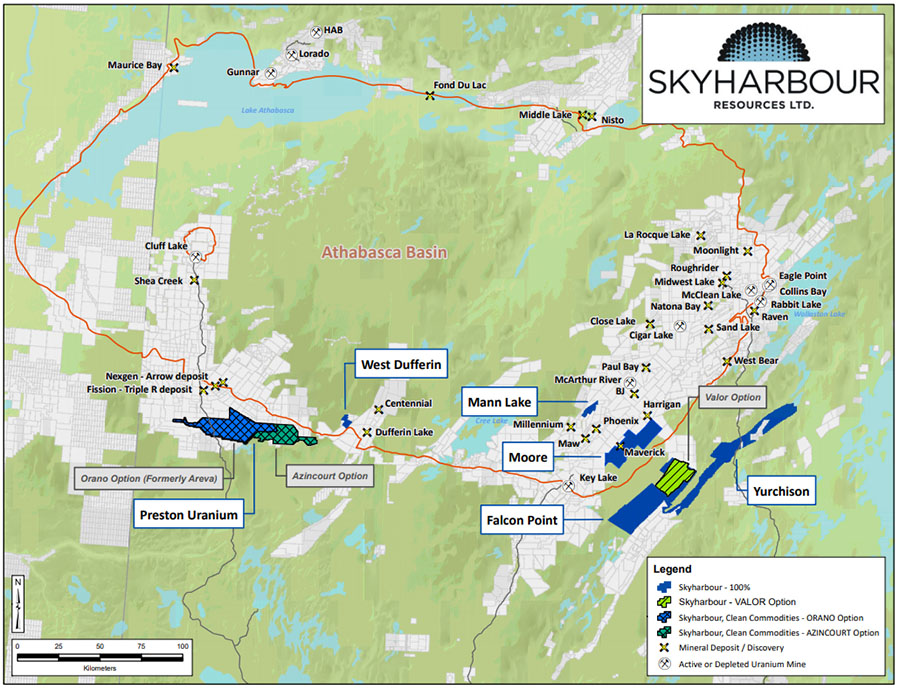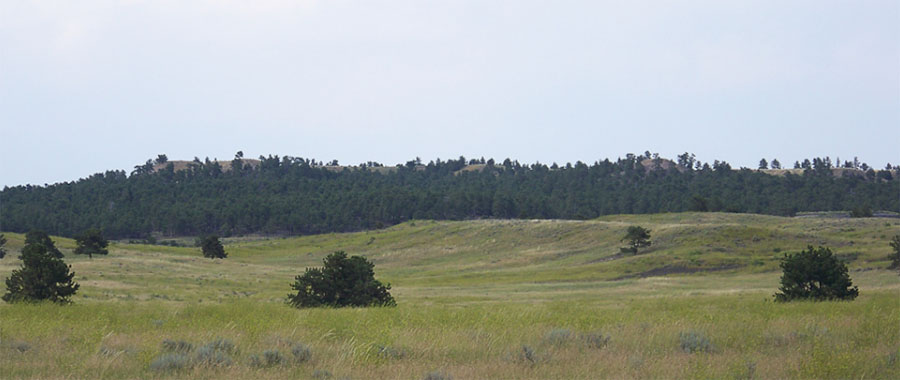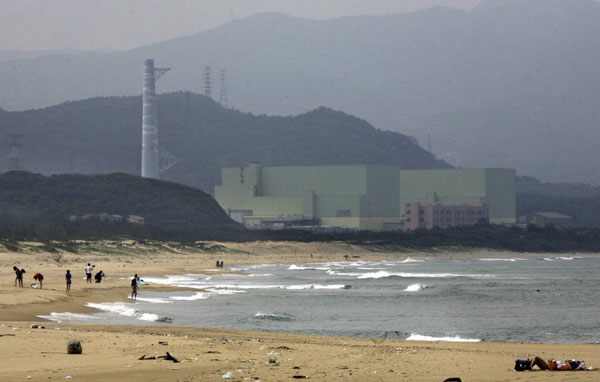
Nuclear plants are popping up along China's southeastern coast, right on the doorstep of Hong Kong's bustling metropolis. Like Japan's Fukushima Dai-Ichi plant, Asia's lie within a few hundred miles of the type of fault known to unleash the largest tsunami-spawning earthquakes.
Called subduction zones, these happen when one tectonic plate is lodged beneath another. And because the so-called Manila Trench hasn't been the source of a huge quake in at least 440 years, some experts say tremendous stresses are building, increasing the chances of a major rupture.
Should that happen, the four plants in southern China, and a fifth perched on Taiwan's southern tip, could be in the path of a towering wave like the one that struck Fukushima.
"We have to assume they'll be hit," said David Yuen, a University of Minnesota professor who has modeled seismic probabilities for the fault. "Maybe not in the next 10 years, but in 50 or 100 years."
Asia, the world's most seismically charged region, is undergoing a nuclear renaissance as it struggles to harness enough power for its huge populations and booming economies.
But China, Taiwan, India and several other countries frantically building coastal facilities have made little use of new science to determine whether these areas are safe. At least 32 plants in operation or under construction in Asia are at risk of one day being hit by a tsunami, nuclear experts and geologists warn.
Scientists paint a worst-case scenario in which waves 15- to 24-feet high could strike the plants in China and Taiwan.


